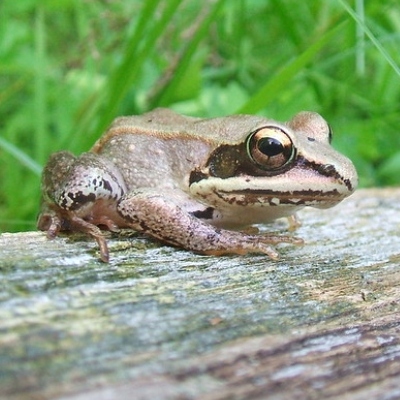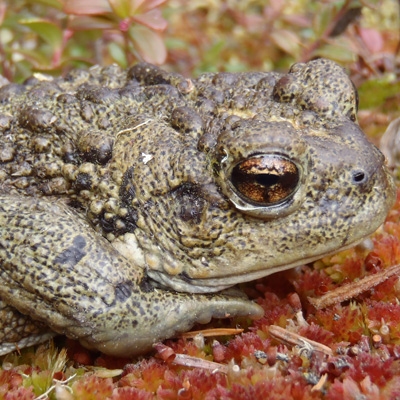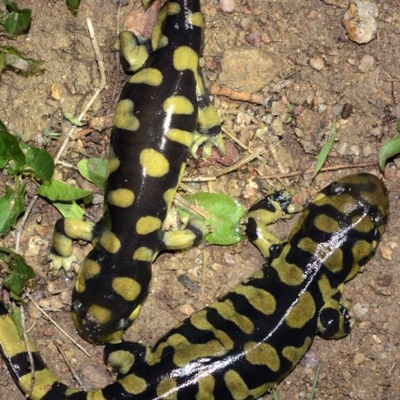Discover ABMI Data & Tools
Data Toolbox
Quick access to our data products and online reports.
Discover ABMI Data & Tools
Quick access to our data products and online reports.
 Photo Credit: Brad Carlson
Photo Credit: Brad Carlson
Wood Frogs spend the winter frozen under leaf litter in forests in Alberta.
 Photo Credit: Jillian Zsolt
Photo Credit: Jillian Zsolt
ARU set up at a wetland.
 Photo Credit: ABMI
Photo Credit: ABMI
While wetlands are important for breeding, adult Boreal Toads spend much of their time out of water in terrestrial habitats. They need habitat cover in these terrestrial environments as protection against desiccation and predation.
Purpose: In this study, we examined the effectiveness of environmental DNA (eDNA) technology for detecting amphibians, including salamanders, in wetland habitats.
 Photo Credit: TBD
Photo Credit: TBD
Tiger salamanders were detected using eDNA technology. Tiger salamanders are found in southern Alberta, often close to wetlands.
While audio recorders are used to monitor calling frogs and toads, salamanders cannot be detected using this method. Therefore, we conducted a pilot project with Innotech Alberta to explore the effectiveness of environmental DNA (eDNA) technology for monitoring amphibians—including salamanders—in wetland habitats. The objectives of the project were to:
The project revealed that eDNA is a valuable tool in the monitoring tool box. Results indicated that both monitoring methods (eDNA and ARUs) had advantages depending on the target species. For example, non-calling Tiger Salamanders were only detected by the eDNA method while ARUs detected a single Western Toad at one site that was not detected by eDNA. We are continuing to work with Innotech to explore DNA monitoring methods for macroinvertebrates and vascular plants.

Applied Ecologist
Brandon joined the ABMI in 2016. He currently leads the development of multiple landscape-scale biodiversity indicators but has become passionate about amphibians.

Wetland Ecologist
Jenet has been the Wetland Ecologist at ABMI since February 2019. She leads varied wetland analysis and monitoring initiatives involving many wetland taxa, including amphibians.
If you have questions about the ABMI's amphibian or wetland monitoring program, please get in touch: ballen@ualberta.ca (amphibians) | dooley@ualberta.ca (wetlands)
Alberta Biodiversity Monitoring Institute. 2021. Terrestrial ABMI autonomous recording unit (ARU) and remote camera trap protocols. Alberta Biodiversity Monitoring Institute, Alberta, Canada. Report available at: https://abmi.ca/home/publications/551-600/599
Bayne, E., M. Knaggs, and P. Sólymos. 2017. How to most effectively use autonomous recording units when data are processed by human listeners. Bioacoustic Unit, Alberta, Canada. Report available at: https://abmi.ca/home/publications/451-500/489
Alberta Biodiversity Monitoring Institute. 2022. Using autonomous recording units to develop species distribution models for vocalizing amphibians in Alberta, Canada. Alberta Biodiversity Monitoring Institute, Alberta, Canada. Available at: https://abbiodiversity.github.io/AmphibianModels/
Cushman, S.A. 2006. Effects of habitat loss and fragmentation on amphibians: a review and prospectus. Biological Conservation 128:231-240.
Pounds, J. 2001. Climate and amphibian declines. Nature 410:639–640.

.png)


